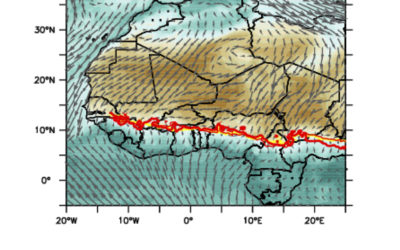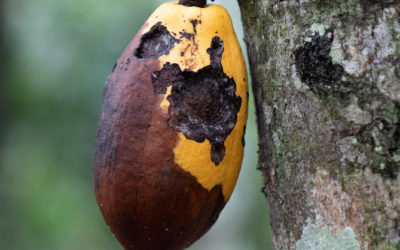September 10, 2021

A very wet end of August helped rebuild this resilience throughout the cocoa belt, where most regions currently enjoy at least 1 month’s worth of resilience. Most areas will see no negative effects even in the unlikely scenario where precipitations are 20% below-average over the next month. The exceptions are east-central Ghana and south Cameroon, which currently have less than a week’s worth of resilience. These regions are in need of steady precipitations above 20 mm/week or may undergo water limitation.
Since temperatures continue to be higher than average, water remains an important asset for the trees in order to meet the continued increase in transpiration. The current rainfall predictions are a good omen for the trees, as they should continue to meet their water needs.
Read More
Related Posts
Harmattan Monitoring – Dec’21
The ITF has been lagging slightly behind its normal position throughout most of the past month, only catching up to it in late November. By the end of the month, the ITF was located right along its average position for this time of the year: near the northern borders...
Black Pod Assessment: Sept’21
The rainfalls during the little dry season allowed the pathogen responsible for black pod disease to survive in the plantations. Consequently, it was well positioned to promptly flare up when rains returned in late August. Furthermore, the warm and moist conditions...
Precipitation Monitoring
In line with predictions, September has so far brought well above-average precipitations in Ghana, SW Nigeria and Ivory Coast, where rains had already resumed mid-August. With precipitations between 130 and 300 mm over the past 30 days, most of these cocoa regions...



